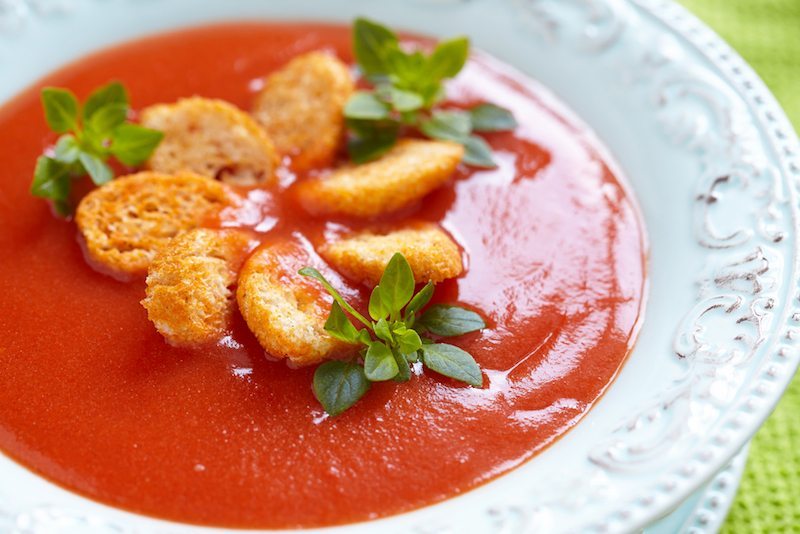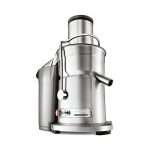Souping – Ancient Practice Making a Modern Resurgence
Soup has been eaten throughout the ages. Many generations have enjoyed fresh, vegetable-rich, homemade soups for their delicious flavor and high nutrient content.
Incorporating more fresh soups into the diet can enhance nutrition as well as offer a means to support detoxification and alkalization of the body. Today, this return to soup consumption has been deemed “souping”. It can be done on a short term basis as an intense cleanse or on a long-term basis to provide consistent, lasting health benefits.
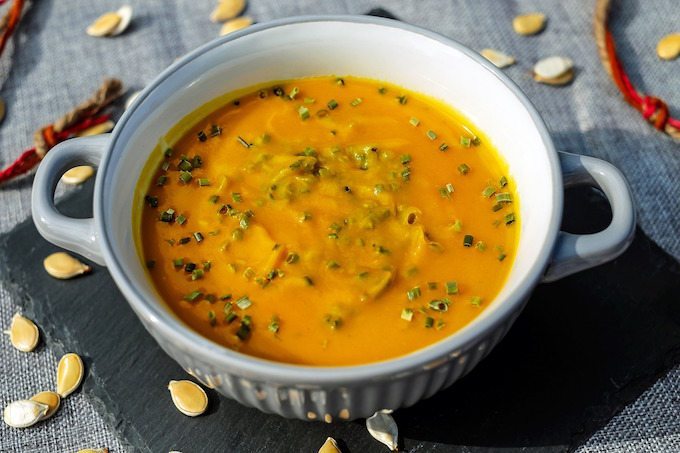
Benefits of Eating Soup
1. Fiber
A veggie-heavy soup is bound to contain ample amounts of fiber. Fiber helps promote digestion, support detoxification, reduce your risk of developing colon cancer, and help keep you satisfied. Since many Americans fail to obtain the recommended 35 grams of fiber per day, soup is an effortless way to significantly increase your fiber intake.
2. High Content of Phytochemicals
Vegetable-based soups are loaded with beneficial nutrients, phytochemicals, antioxidants, vitamins, and minerals. Consuming soup on a frequent basis is an easy way to get closer to reaching the recommended amount – at least 3 to 5 servings – of vegetables every day.
3. Give Your Digestive System a Break
Soup, especially when cooked and blended, provides a break for your digestive system and can help restore the health of your gut due to its easy digestibility.
4. Promote Detoxification
As mentioned above, the high content of fiber in vegetables-based soups helps promote the body’s detoxification process. Additionally, soups free of dairy, meat, and other animal products allow the body to maximize nutrients since the body does not have to process these acidic, low-nutrient ingredients.
5. Reduce Cravings
The combination of fiber, protein, vitamins, and minerals in soup provide the body with high-quality nutrition. When your body is given the appropriate fuel, you are much less likely to experience cravings for junk food.
6. Increase Your Hydration
Almost all soups, especially when made at home, are brimming with water. This high water content helps contribute to your hydration needs and makes soup extremely satisfying.
7. Versatility
One of the biggest advantages of soup is its ability to be customized. Soups can be smooth and creamy when blended or hearty and chunky. It can be served hot or cold, created to be oil-free if needed, and easily adapted to a variety of diets. Soup can be created with only vegetables or you can add a wide variety of grains and legumes if desired.
Soups can feature either a water or cream base. If you are craving a creamy soup but wish to avoid the negative health impacts of dairy, full fat coconut milk makes an excellent alternative. This level of versatility means soup can help keep your diet fresh and exciting.
Souping vs. Juicing
Although juice cleanses gained wide popularity for their weight loss benefits, more and more information is pointing to souping as the superior nutritional option. With juicing , almost all of the vital nutrients, fiber, and minerals get tossed aside in the pulp leaving behind a concentrated source of sugar. Souping maintains 100 percent of the beneficial aspects of the vegetables used.
Additionally, souping is more economical option since you use all of the ingredients rather than throwing them away in the form of pulp. Wasting the pulp also means that the juice was stripped of its fiber and vitamins that otherwise would have helped balance out fruit’s high sugar content. Without fiber, juice can cause significant spikes in blood sugar. Alternatively, soup is naturally low in sugar, high in vitamins, and high in fiber.
Juicing also lacks the satisfaction that soup offers since juicing involves sipping your meal through a straw while soups can be chunky, hearty, and comforting. As a bonus, soup can be stored far longer – usually up to 5 days in the fridge and six months in the freezer – than fresh juice.
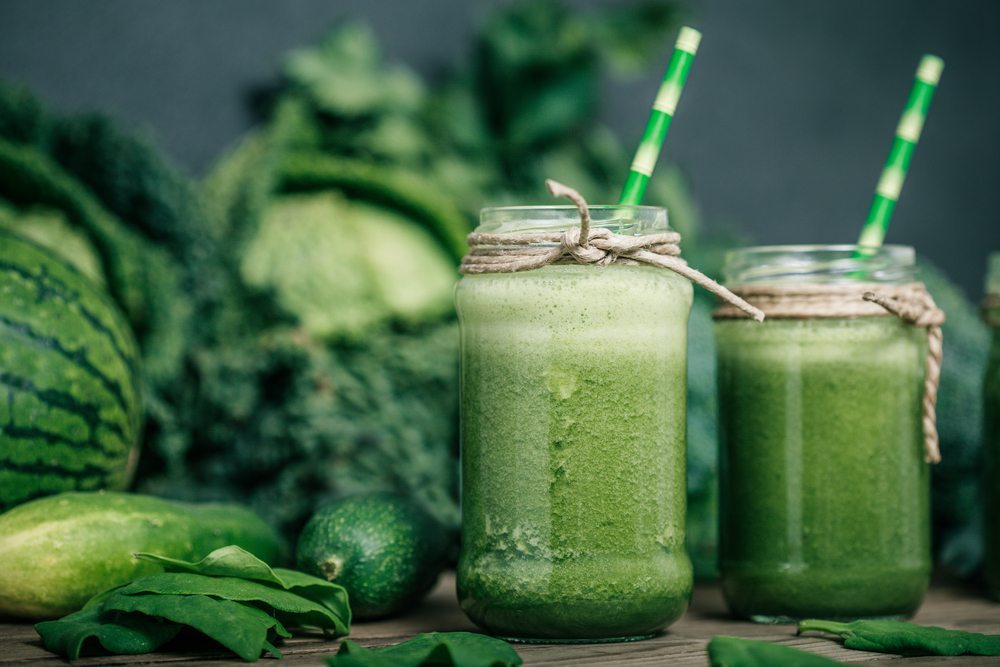
Raw vs. Cooked Soups
There are advantages to both raw and cooked soups. Raw soups, which can also be considered smoothies, have a higher content of vitamins such as Vitamin C that can get destroyed during the heating process.
On the other hand, cooked soups can also have higher levels of certain vitamins. For example, lycopene, a powerful phytonutrient found in tomatoes, becomes more readily available upon heating.
To ensure you are providing your body with a wide range of nutrients, consider incorporating both raw and cooked soups into your diet.
Blenders in the Soup Making Process
Although chunky soups can provide an especially satisfying, comforting meal, soups with a smooth, creamy texture can be equally satisfying when souping. A high powered blender or an immersion blender can both produce silky smooth results. Some high powered blenders even take raw ingredients and turn them into hot, steaming soup after several minutes.
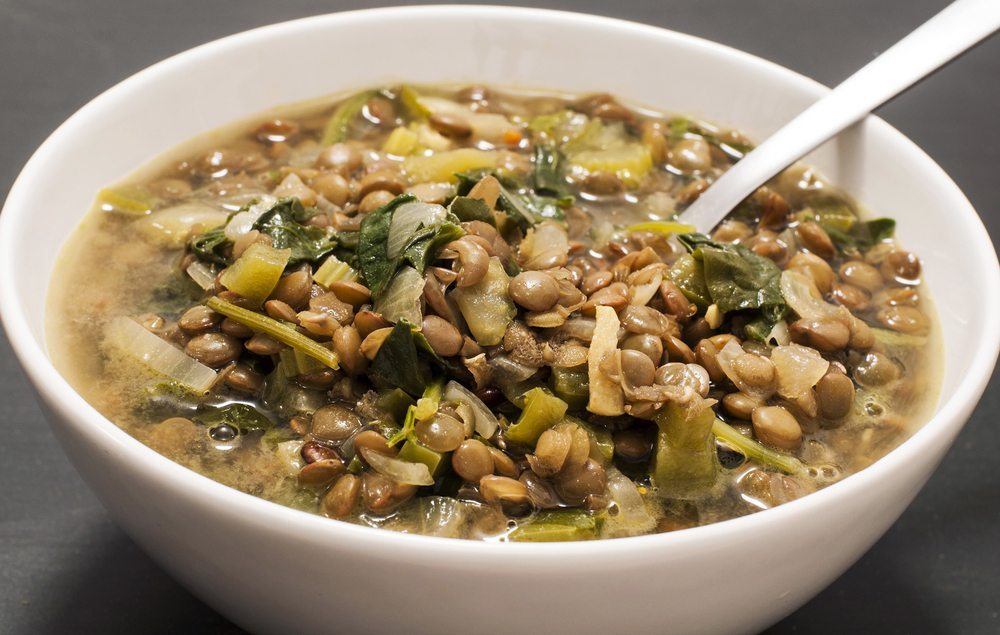
Simple Soup Recipes
To start reaping the benefits of a souping diet, here are two simple recipes:
Roasted Red Pepper Soup
Savory roasted red peppers offer this soup a huge punch of flavor. Additionally, red peppers are packed with nutrients such as Vitamin C, Vitamin A, fiber, and Vitamin B6.
3 to 4 red bell peppers, roasted
2 tablespoons avocado oil
1 large onion, chopped
2 stalks of celery, diced
1 sweet potato, diced
Salt to taste
4 large garlic cloves, minced
1 28-ounce can chopped tomatoes with juice
¼ cup tomato paste
2 sprigs fresh basil
ground coriander or cumin (your taste)
4 to 5 cups vegetable stock or plant-based milk
Freshly ground pepper
- Roast the peppers by cutting them in half, placing them into a large Pyrex dish, drizzling with avocado oil, and heating in the oven cut side down at 450 degrees about 25 minutes; or until the skins are completely wrinkled and the peppers are charred, rotating the sheet if necessary for them to cook evenly. Once done, I find that putting them into a paper bag to steam a bit more makes removing the skins much easier. So once cool, remove the skins, leaving sections of roasted peppers.
- Heat the oil over medium heat and add the onion. Cook, stirring often, until onion is translucent, about 3 minutes, and add the celery and a generous pinch of salt. Add the diced potato pieces and garlic, covers with broth, reduce the heat, and cook until all veggies are tender. Add the tomatoes with their liquid, the tomato paste, basil leaves, coriander/cumin, and salt to taste. Cook over medium heat, stirring occasionally, until the tomatoes have cooked down slightly and smell fragrant, about 10 minutes.
- Add the diced roasted peppers, the stock or plant milk, simmer for about 12 minutes, stirring from time to time. Season with freshly ground pepper, taste and adjust salt. Remove the basil sprigs.
- Using a hand blender, purée the soup, or use a blender and purée in batches, to yield your soup.
This soup can be prepared in advance and reheated prior to serving. Garnish with chopped parsley or basil.
Hearty Vegetable Stew
This delicious stew will satisfy both vegans and meat-eaters alike due to its comforting taste and mouthwatering seasonings. It makes a perfect stew to serve to anyone, regardless of their dietary preferences.
2 T EVOO
2 cups leeks, chopped (white parts only)
2 T garlic, finely minced
salt to taste
2 cups carrots, peeled and cut into rounds
2 cups potatoes, peeled and cut into cubes
2 cups green beans (ideally fresh, cut into small pieces
2 quarts veggie broth
4 cups tomatoes, peeled, chopped
2 ears corn (or 1.5 cup frozen)
spice as per taste (oregano, marjoram, thyme, etc).
1/2 tsp pepper
1/3 cup fresh parsley, chopped
2 teaspoon lemon juice, freshly squeezed
- Heat the avocado oil in large, heavy-bottomed stockpot over medium-low heat.
- Add the leeks, garlic, some salt and cook for approximately 8 minutes, adding veggie stock if needed.
- Add the carrots, potatoes, and green beans and cook for 5 more minutes, stirring occasionally.
- Add the veggie broth, bring to high, then lower heat to a simmer. Add the tomatoes, corn, spice as desired, and the pepper.
- Reduce the heat to low, cover, and cook until the vegetables are tender, approximately 25 minutes.
- Remove from heat and add the parsley and lemon juice.
- Season to taste.
Final Thoughts on Souping
Before you rush to the grocery store to pick up a can of vegetable soup, consider the advantages of making your own. By making your own soup, you are in control of the ingredients, sodium level, and do not have to deal with the BPA found in the lining of almost all cans.
Overall, souping is an easy way to add more vegetables to your diet, promote weight loss, and satisfy your cravings. Consider adding soup to your diet on a frequent basis to boost your overall health and satisfy your appetite in a nutritional way.
You might also be interested in our FREE Healing Soup Cleanse. This short (4-day) program is a powerful way to cleanse the body and take your reboot to another level. Get the Free 20-page Resource Guide delivered right away!

